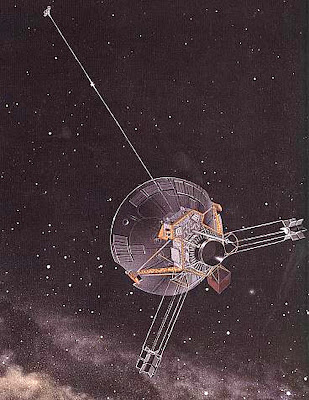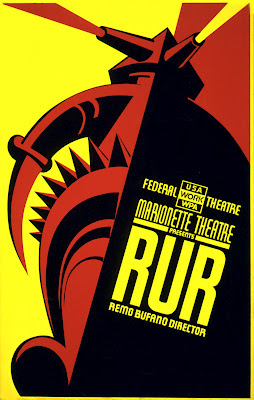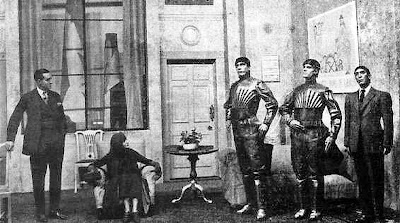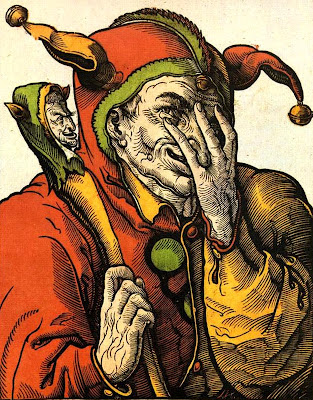The dragon or winged serpent has formed a part in many creeds, and the dragon-slayer has been the hero of countless legends. The legend varies with climate and country, and with the development of the race in which it is found; and yet the prophecies of the Bible of the ultimate bruising of the serpent's head and the final victory over the dragon (" That old serpent, which is the Devil and Satan " Rev. xx. 2); the legends of classic days, such as that of Perseus and Andromeda; the still older struggles recorded in the slabs of Nineveh and Persepolis; the stories narrated to awed rings of listeners in the stillness of the Eastern night, or listened to by our children with eager eyes and rapt attention in the homes of England; the mass of legend that in mediaeval times clustered around the names of God's faithful ones; and the local traditions of every land, from the equator to the poles, all dwell on the mischievous presence of some evil principle and record the ultimate triumph of good.
Beneath the mass of ever-varying fable stands the like foundation, the strife between the two antagonistic principles; and thus the wide world over, in every age and in every clime, the mind of man, in broken accents, it may be, and with faltering tongue, records with joy its upward struggle, feels the need of help in the sore conflict, registers its belief in final triumph. Though the dragon-conflict occurs in many literatures, the same incidents occur over and over again, and we find in almost all the power and subtlety of the monster, the innocence and helplessness of his victims, the suddenness of his attack on them, and the completeness of his final overthrow, the dragon-slayers being the conquerors over tyranny and wrong and" every form of evil.
This image (or other media file) is in the public domain because its copyright has expired. This applies to the United States, where Works published prior to 1978 were copyright protected for a maximum of 75 years. See Circular 1 "COPYRIGHT BASICS" PDF. Works published before 1923, in this case 1897, are now in the public domain.
IMAGE CREDIT: Progress, Volume 3 Author: University Association, Chicago. Publisher: University Association., 1897. Original from: the University of Michigan. Digitized: Nov 22, 2006. Subjects: Economics, Literature, Religion.
TEXT CREDIT: Myth-land, Author: Frederick Edward Hulme. Publisher: S. Low, Marston, Searle & Rivington, 1886. Original from: the University of Wisconsin - Madison. Digitized: Feb 28, 2008. Length: 243 pages. Subjects: Animals, Animals, Legends and stories of Animals, Mythical, Folklore.




































